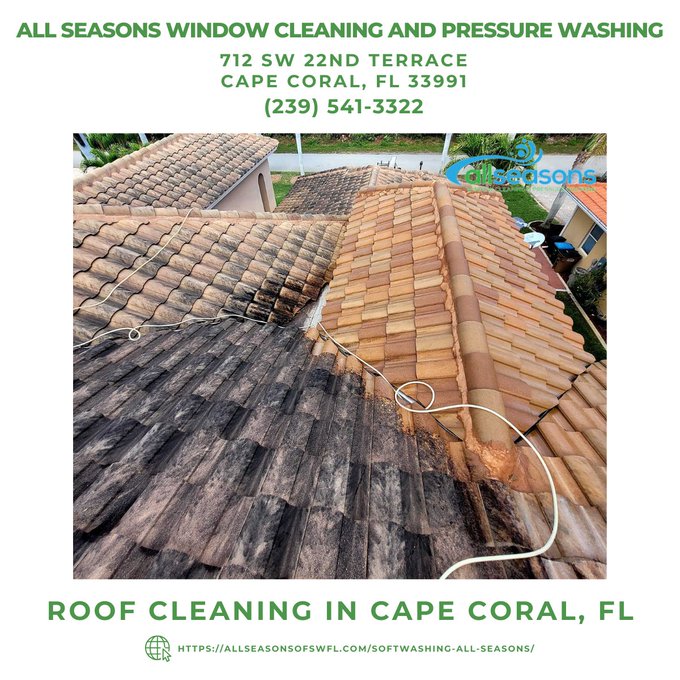Introduction
Owning a home comes with a myriad of responsibilities, one of the most critical being roof maintenance. The roof is your home's first line of defense against nature's elements, and understanding how to care for it properly is essential. Among various roofing materials, shingles are widely used due to their aesthetic appeal and durability. However, they require specific care and maintenance to ensure longevity and efficiency. This article will delve into everything homeowners need to know about shingle care and maintenance, from cleaning methods to the importance of regular inspections.
What Every Homeowner Must Know About Shingle Care and Maintenance
When it comes to shingle roofs, knowledge is power. Understanding what your roof needs can help prevent costly repairs down the line. Here are some key points every homeowner should consider:
1. Importance of Regular Roof Inspections
Regular inspections can catch problems before they escalate.
Why Inspect?
- Early Problem Detection: Identifying issues like missing shingles or leaks early on can save you significant repair costs. Insurance Benefits: Some insurance companies may require proof of regular inspections.
2. Understanding Different Shingle Types
Different types of shingles have varying care requirements.
Common Shingle Materials:
- Asphalt Shingles: Most common; require periodic cleaning. Wood Shingles: Need more attention to prevent rot. Metal Shingles: Durable but may require special cleaning methods.
3. How Often Should Your Roof Be Cleaned?
Roof cleaning frequency depends on several factors including climate and surrounding vegetation.
General Guidelines:
- Annually in humid climates. Every 2–3 years in drier areas.
4. Is Roof Cleaning a Good Idea?
Yes, regular cleaning helps maintain your roof's integrity.
Benefits of Cleaning:
- Removes harmful algae or moss that can cause damage. Enhances curb appeal.
5. What is the Best Method of Roof Cleaning?
There are various methods for cleaning roofs, each with its pros and cons.
Methods Overview:
- Pressure Washing: Effective but can damage shingles if not done correctly. Soft Washing: Uses low pressure; safe for shingles.
6. Can I Clean My Roof Myself?
While DIY cleaning is possible, caution is advised.
Considerations:
- Safety risks associated with climbing onto roofs. Use proper equipment if you choose to do it yourself.
7. Is Pressure Washing Your Roof a Good Idea?
Pressure washing provides quick results but comes with risks.
Pros & Cons:
| Pros | Cons | |------------------------|-------------------------------| | Quick cleaning | Can strip granules off shingles | | Effective for tough stains | May void warranty |
8. What Chemical is Used to Clean Roofs?
Understanding chemicals used in roof cleaning can help you make informed choices.
Common Chemicals:
- Sodium hypochlorite Biodegradable solutions
9. How Do Professionals Clean Roofs?
Professionals typically use soft washing techniques combined with appropriate cleaners.
Process Overview:
Inspect the roof for damage. Apply cleaner using a low-pressure spray. Rinse thoroughly after waiting a specified time.10. Should You Rinse a Roof After Washing?
Yes! Proper rinsing ensures no chemicals remain that could harm your shingles over time.
11. What Happens If You Don't Clean Your Roof?
Neglecting roof maintenance leads to serious consequences such as mold growth and structural deterioration.
Potential Issues Include:
- Increased energy bills Shortened lifespan of roofing materials
12. How to Make Your Roof Look New?
If your roof appears dull or stained, several strategies can rejuvenate its appearance.
Restoration Tips:
- Regular cleanings Applying protective coatings
13. Does Roof Cleaning Extend the Life of a Roof?
Absolutely! Regular maintenance can significantly prolong your roof’s lifespan by preventing damage caused by dirt build-up or biological growth.
14. How Long Does It Take to Clean a Roof?
The duration varies depending on the method used and the size of the roof but generally ranges from 1–3 hours for professional services.
15. How Much Does It Cost to Coat a Roof?
Coating prices vary widely based on materials and size but expect anywhere between $1–$3 per square foot on average.
16.* What is Soft Wash Roof Cleaning?
Soft washing uses low pressure roof cleaning company reviews combined with specialized cleaning solutions, making it safer for shingles compared to traditional pressure washing methods.
FAQs
1. How often should I clean my roof?
Typically every 1–3 years depending on environmental factors like humidity and nearby trees shedding leaves or debris.
2. Can I walk on my roof to clean it?
While it's technically possible, it's often unsafe without proper safety equipment and experience; consider hiring professionals instead.
3. Should I spray my roof after washing it?
Yes! Rinsing helps remove any residual chemicals that could harm your roofing material over time.
4. Why is my roof turning green?
Green discoloration often indicates algae or moss growth due to moisture retention – regular cleaning can mitigate this issue!
5. Is steam cleaning a roof safe?
Steam cleaning can be effective; however, much like pressure washing, it requires careful application to avoid damaging Roof Cleaning shingles or underlayment material.
Conclusion
In summary, maintaining your shingle roof involves awareness about its condition, knowing when and how to clean it effectively, and recognizing when professional help is necessary. By implementing these practices regularly, homeowners will ultimately save money while ensuring their roofs continue providing shelter for years to come—a win-win situation indeed! Remember that proper maintenance not only enhances aesthetics but also contributes significantly towards extending the lifespan of one’s investment in homeownership—because at the end of the day, what every homeowner must know about shingle care and maintenance boils down to proactive measures that safeguard their homes against nature’s unpredictability!
